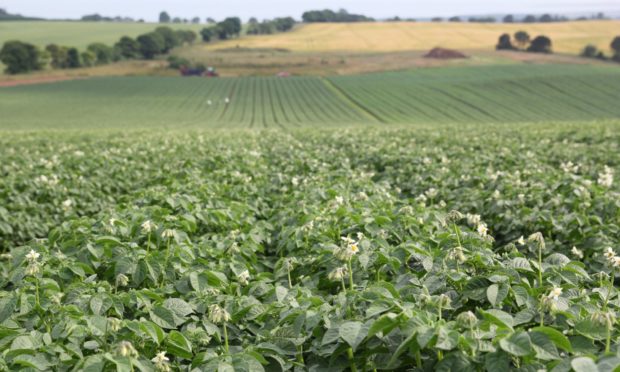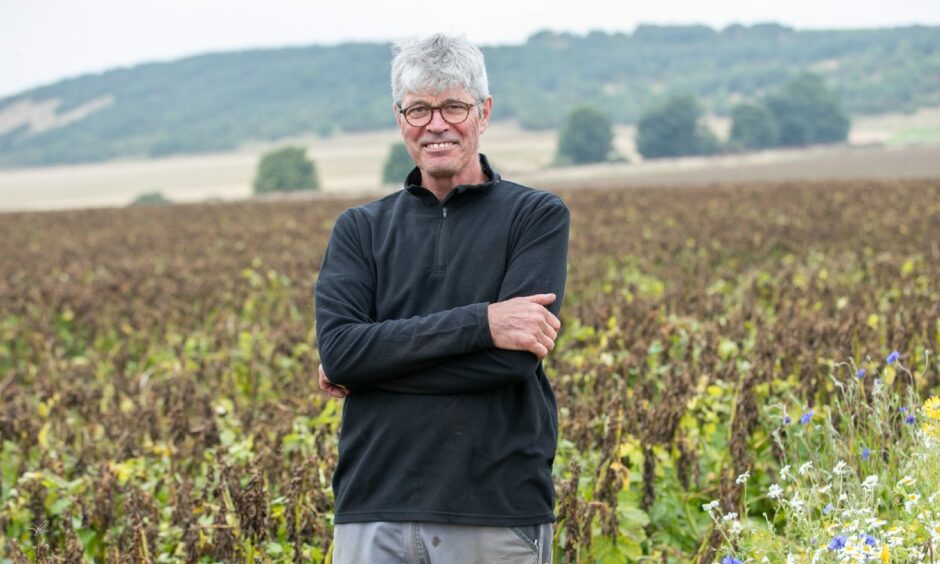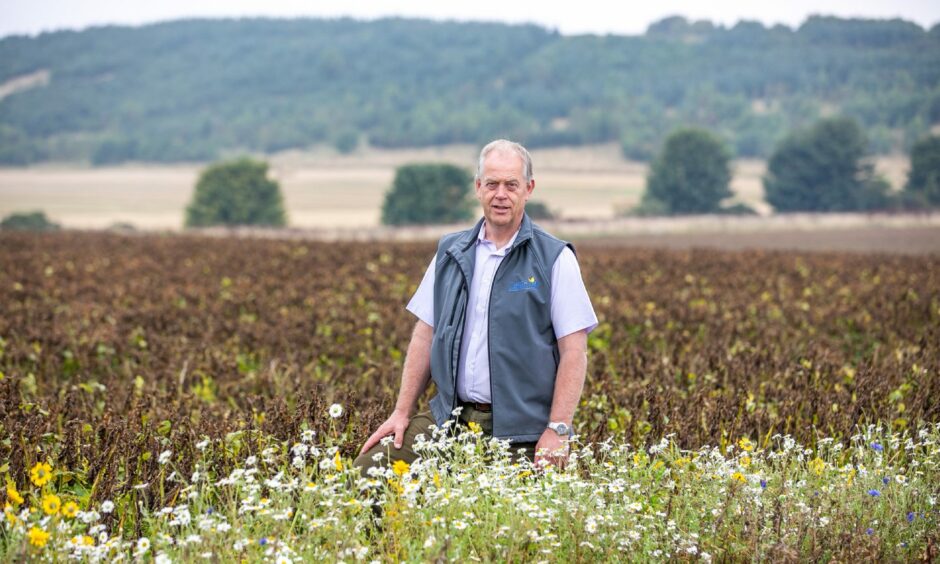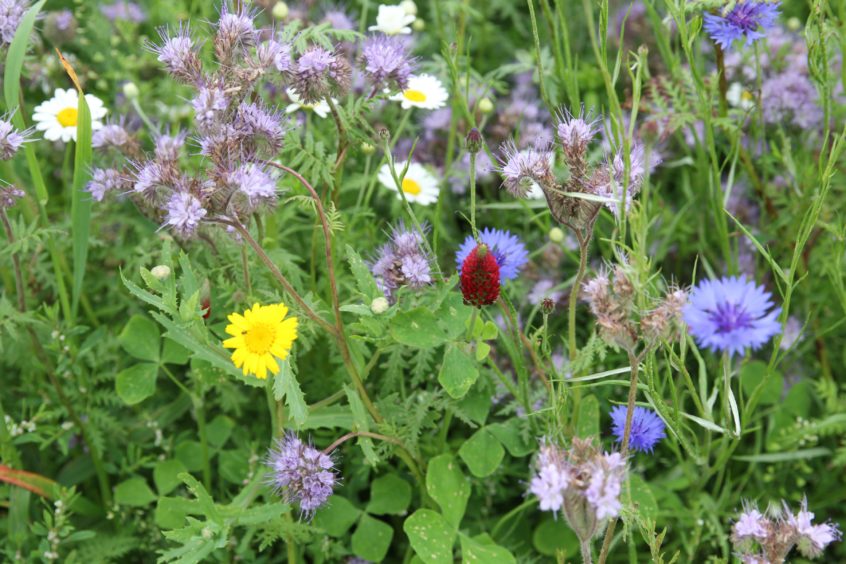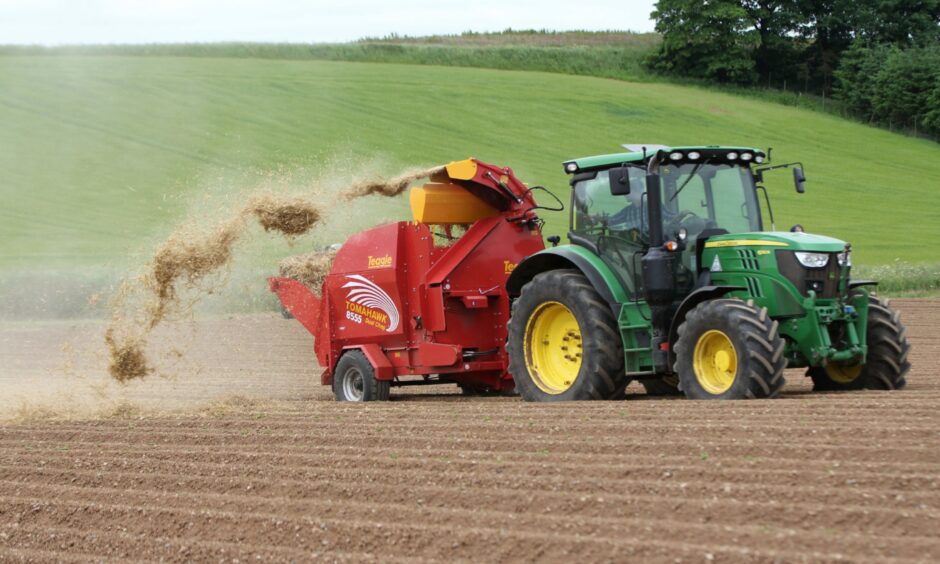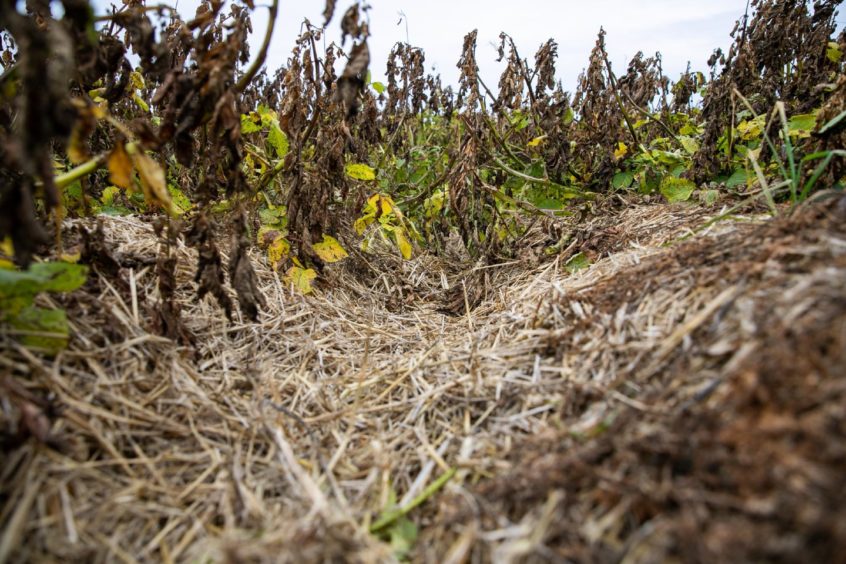The team behind Scotland’s seed tattie monitor farm near St Cyrus is undeterred by the lights going out at AHDB Potatoes.
The four-year SPot Farm project may have been blighted by the imminent demise of the principal funder and the difficulty of industry engagement due to the pandemic, but the partners involved are upbeat and determined to plough on with field-scale trials and research for the original four-year term.
Industry funding has still to be confirmed for the next stage of the work centred around the potato business belonging to the Reid family at Milton of Mathers, which grows 200 acres of seed potatoes for McCain growers in England. However, discussions are at an advanced stage and an announcement is expected soon.
Jim Reid’s passion for potato perfection and his attention to detail is matched by that of agronomist Eric Anderson of Scottish Agronomy who is overseeing a range of work on desiccation techniques, sprayer applications and integrated pest management.
Eric said: “The results of a recent industry poll suggests practical growers see the benefit of trials being done at this scale. Small plot trials work is all very well, but using a small sprayer for desiccation doesn’t replicate what a commercial sprayer does when it’s travelling down the field at 6.5k per hour with the air turbulence effect you get behind.
“What we’re doing here is real time application technology. With spraying, for instance, we need to think about complex interactions, and those in the field are the skill of the sprayer operator, the water volume being used, timing and the nozzle choice. Half the success of the end job is as a result of things other than the chemical choice, and we’re looking at all of these interactions here.”
On desiccation techniques, Jim has focused on the sequence of operations – flailing, spraying or a combination of the two – and insists that pre-treating the crop with chemicals seven days prior to flailing is the best option for a seed crop.
“If you flail first you frequently see regrowth occurring, and that’s susceptible to colonisation by aphids, a big problem when you’re trying to eliminate virus in a seed crop,” he said.
“Using a chemical first starts shutting the plant down. It’s been discussed as a preferred treatment for a few years now, but the information is finally getting through.”
A range of integrated pest management (IPM) techniques are being trialled, including wildlife corridors stretching from headlands to the middle of the field to help natural predators which are known to travel only 25-50 metres. And no herbicide is sprayed on the wild flower strips throughout the field.
In addition, Jim has spread a straw mulch on the young crop to prevent aphids from landing on the soil, and the work has been replicated on a satellite ware farm in Fife where viruses have been introduced to the trial.
Eric said: “We will know when Jim and the Fife farmer physically harvest the potatoes how much of a reduction in virus transmission we see from use of straw, or straw mulch and mineral oil combinations.
“It’s the first time, to my knowledge, that the technique has been used in the UK, although it has been used in Canada and Switzerland.
“The mulch hasn’t affected emergence growth or inspections of the crop, and we believe it’ll go through the harvester without any difficulty.”
Meanwhile a range of new projects have been scheduled for the next two years, and although harvest is now looming, the partners hope growers and agronomists will be able to visit the fields in future and learn from the analysis of data.
